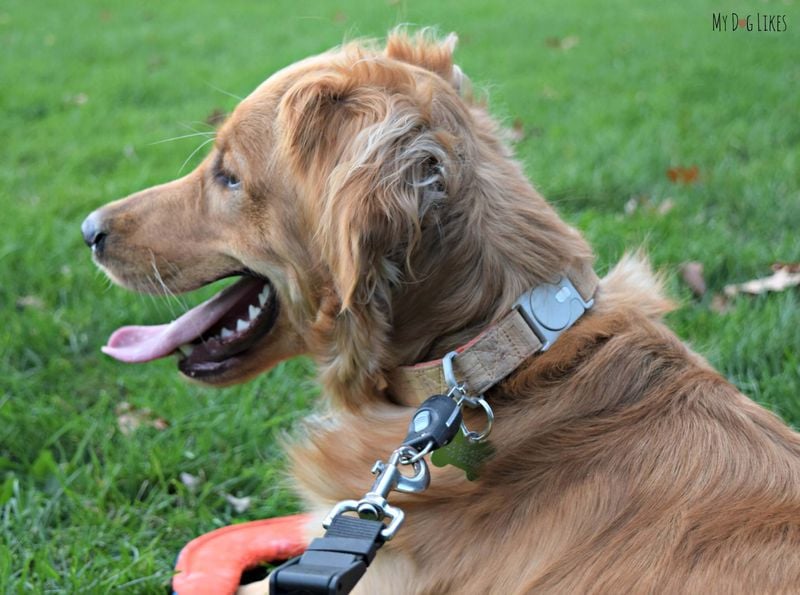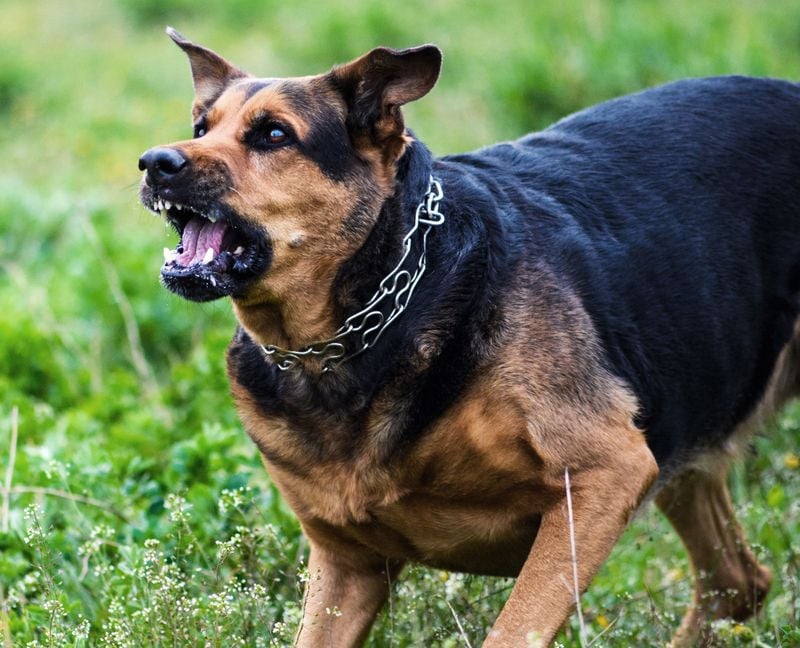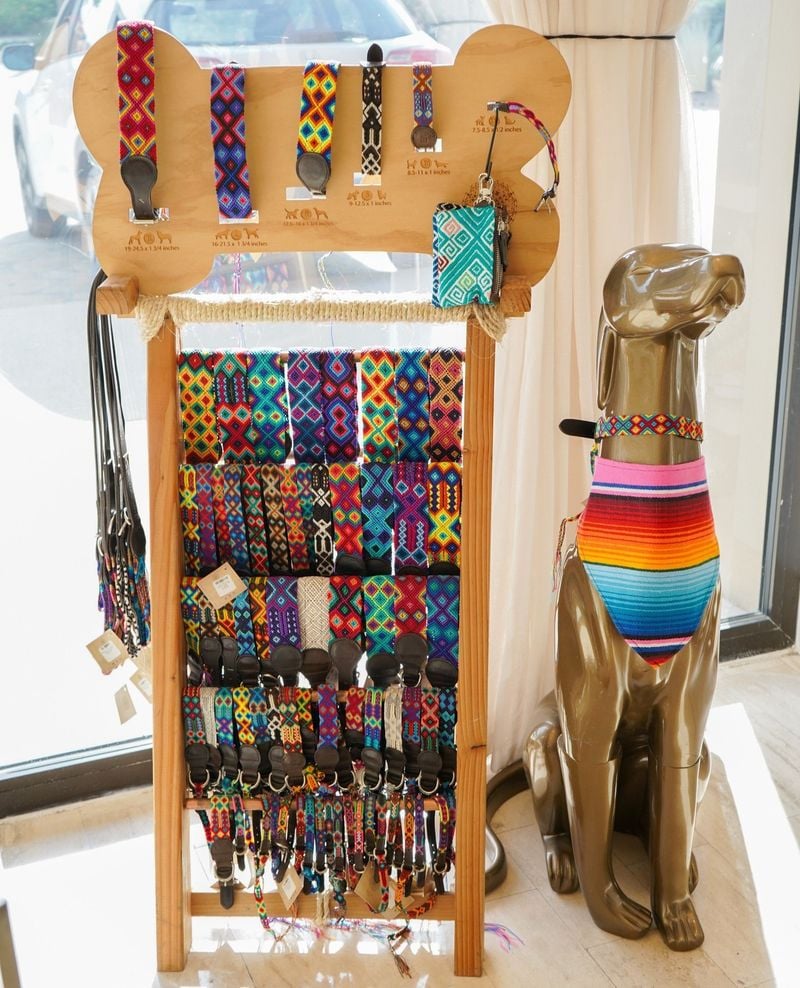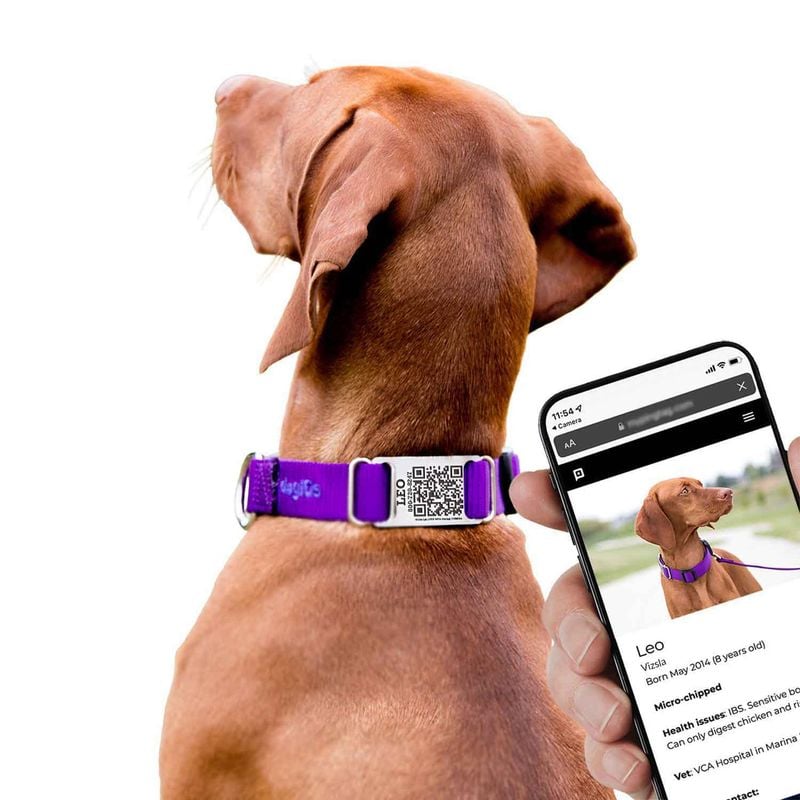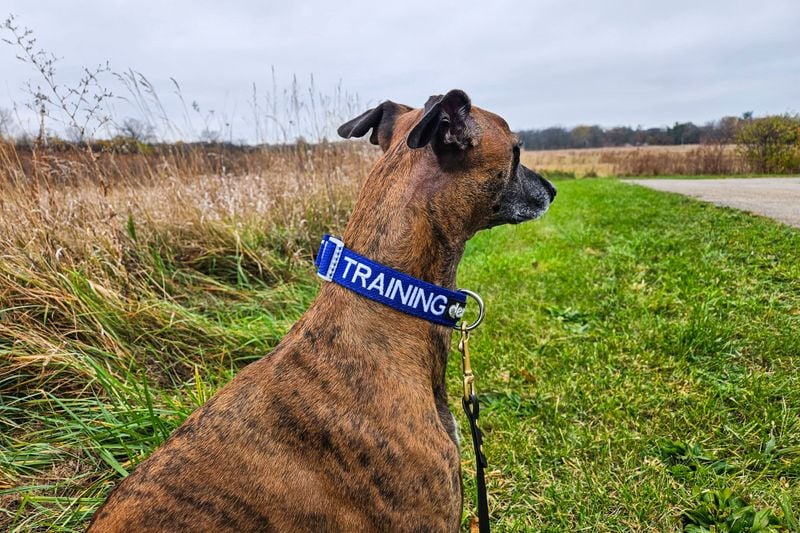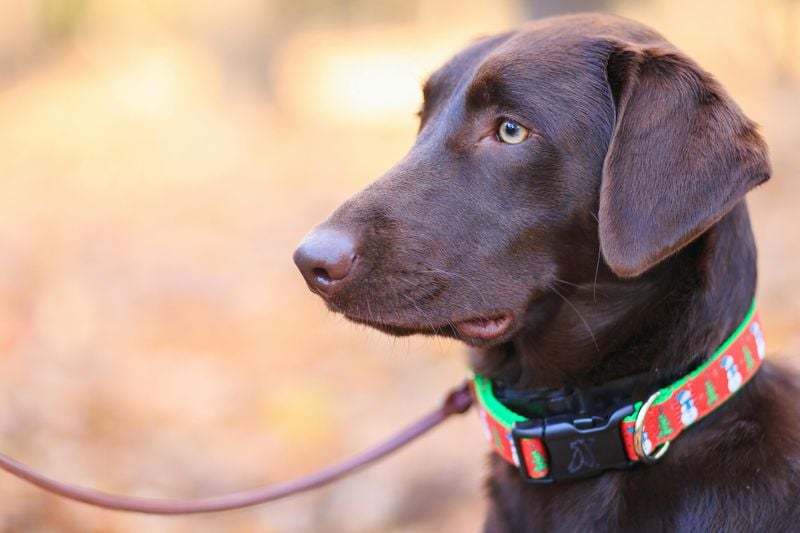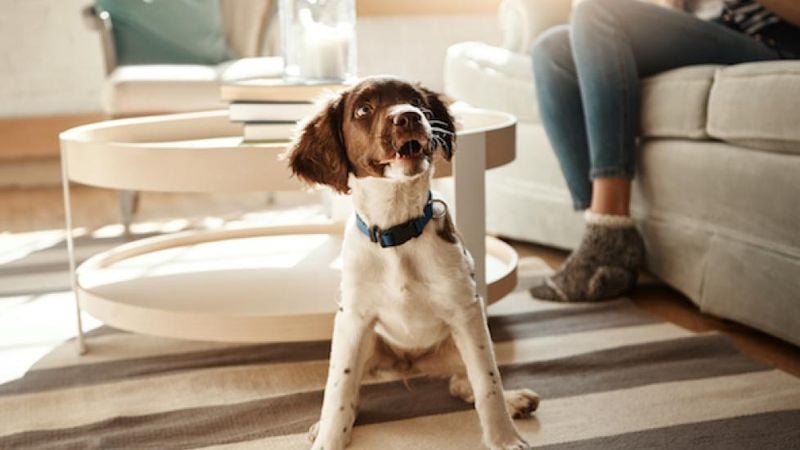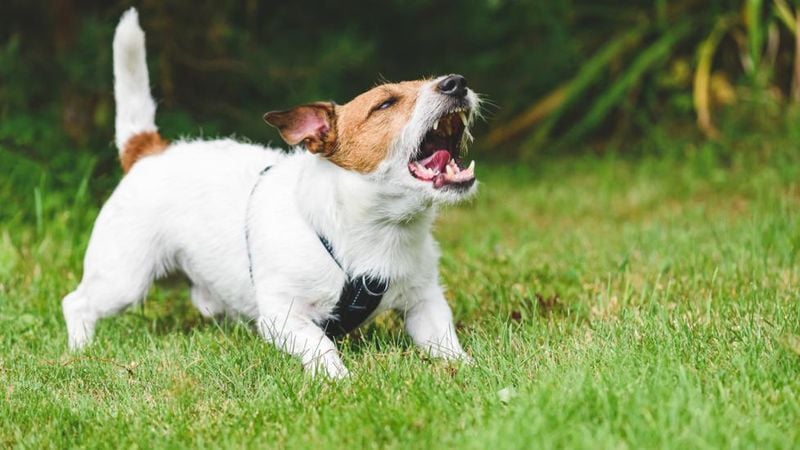7 Reasons Your Dog Needs a Collar & 5 Potential Risks It Carries
Ever noticed how a collar is often the first thing people buy after bringing a dog home? It’s not just about fashion—though a stylish collar definitely makes a statement.
Collars play a vital role in your dog’s safety, identification, and daily routine. Whether it’s a quick clip to the leash before a walk or the comforting jingle of tags letting you know they’re nearby, collars are more than just accessories.
But just like anything we put on our pets, collars come with a few caveats. While they can be incredibly helpful, they’re not without risk if used carelessly or in the wrong situations.
In this article, we’ll explore seven solid reasons why your dog should have a collar—and five risks you should seriously consider before snapping one on. Let’s break it down, collar and all.
1. Identification and Return
Losing a dog is every pet parent’s worst fear. But a collar with ID tags can turn panic into relief in minutes. If someone finds your dog wandering, their first instinct will likely be to check the collar for a name and phone number.
Even with a microchip, not everyone has a scanner on hand—especially passersby or neighbors. A tag gives immediate, visual proof of ownership and offers the fastest route to a reunion.
You can even include backup contact info or medical needs on the tag. For something so small, a collar with clear identification can make a life-changing difference in an emergency.
2. Leash Attachment
When it’s time for a walk or a quick bathroom break, a collar is your go-to anchor for the leash. It gives you fast access and control, especially in unpredictable environments like busy streets or crowded parks.
Harnesses are helpful too, but collars shine in situations where you need to act quickly. If your dog suddenly gets spooked, grabbing the collar can prevent a full-blown runaway.
It also supports basic obedience training by reinforcing leash manners and directional cues. That simple clip-on point can mean the difference between chaos and control.
3. Legal Requirements
In many cities and towns, dogs are legally required to wear collars with ID and vaccination tags when out in public. These visible identifiers confirm your dog is licensed and up-to-date on shots like rabies.
Failing to follow these rules could result in fines or cause delays if your dog ends up in a shelter. Visible tags make it easier for officials or good Samaritans to verify ownership.
Even if your dog is chipped, some areas still expect tags to be displayed at all times. In the eyes of the law, a collar is more than a fashion statement—it’s a legal necessity.
4. Style and Personality
Collars are a fun and simple way to show off your dog’s personality. Whether it’s a classic leather look or a bright, funky pattern, the right collar can match your pup’s vibe—and yours.
You can swap them out for holidays, birthdays, or just because. Want to celebrate Valentine’s Day or Halloween? There’s a collar for that.
Beyond the cute factor, stylish collars still do their job: holding tags and keeping your dog safe. It’s one of those rare accessories that balances fashion and function beautifully.
5. Medical Alert Info
If your dog has allergies, takes medications, or lives with a chronic condition, their collar can serve as a silent lifesaver. Tags can be engraved with critical details like “Diabetic,” “Needs Medication,” or “No Chicken.”
In a situation where you’re not there—like if your dog gets lost or ends up in someone else’s care—that tag speaks for them. It helps prevent allergic reactions or incorrect treatment.
Medical alert tags are especially valuable for dogs with seizures, mobility issues, or special diets. It’s peace of mind made portable and visible.
6. Training Aid
Collars play a key role in many training routines. Flat collars paired with leashes help reinforce commands like “heel” and “stay,” while martingale collars prevent escape without choking.
For hearing-impaired dogs or specialized recall training, vibration collars provide gentle, effective communication. The goal isn’t punishment—it’s structure, safety, and consistency.
Used alongside positive reinforcement, collars offer guidance in high-distraction environments. They keep training clear, calm, and on track without the need for constant corrections.
7. License and Vaccination Proof
Some areas issue tags as proof that your dog has been vaccinated or officially licensed. These go right on the collar and act as an on-the-go health record.
It’s especially important when you’re at dog parks, vet clinics, or groomers—places where proof of vaccines like rabies is often required.
Even shelters and rescues rely on visible tags to determine a dog’s history or contact information. It’s a simple, effective way to show the world your dog is safe, protected, and loved.
8. Neck Injuries
One of the most common concerns with collars is the risk of neck strain or injury. Dogs that pull on the leash, lunge, or get jerked back suddenly can suffer from soft tissue damage or even tracheal collapse.
This is especially true for smaller breeds or flat-faced dogs like Pugs and Bulldogs, who are more vulnerable to respiratory issues. A strong tug can do more harm than many realize.
For these dogs, switching to a harness can reduce the strain and make walks much safer. Collars should never be used to control by force—only to guide gently and safely.
9. Choking Hazard
A collar can become a choking risk if it gets snagged on furniture, fences, or branches. Dogs left unsupervised with collars on have been known to catch them on crates or door handles.
This can lead to panic, injury, or in extreme cases, suffocation. Even playtime with other dogs poses a risk—another pup might get a paw or jaw caught during roughhousing.
Breakaway collars are a safer option when your dog is indoors or unsupervised. They snap open under pressure to prevent strangulation while still allowing for identification.
10. Skin Irritation and Hair Loss
Wearing a collar 24/7 can lead to skin problems over time. Constant friction, tightness, or moisture buildup under the collar may cause redness, sores, or even bacterial infections.
Some dogs also develop hair loss in the neck area due to chafing, especially with rough materials or improper fit. If your dog scratches at their collar often, it might be more than just a mild annoyance.
It’s important to remove the collar regularly, clean underneath, and make sure it fits snugly—not tightly. Comfort and hygiene are just as crucial as safety.
11. False Sense of Security
Many pet owners assume that a collar alone is enough to protect their dog if they go missing. But collars can slip off, break, or be deliberately removed by someone who finds your dog.
If the collar gets lost and your dog isn’t microchipped, there’s no permanent way to identify them. That moment of overconfidence could cost you valuable time in getting your pet back.
Collars are important, but they work best when paired with a microchip. The chip is your backup plan when the collar fails.
12. Aggression Triggers
In social settings like dog parks or multi-dog homes, collars can become targets during play. Another dog might accidentally grab or bite a collar, causing tension or even triggering a fight.
This risk goes up if the collar has tags that jingle, which can irritate or excite other dogs. Grabbing a collar can also make a nervous dog feel cornered or threatened.
To reduce these risks, consider removing the collar during playtime with other dogs or switching to a flat, tag-free design. A calm environment is safer for everyone.


